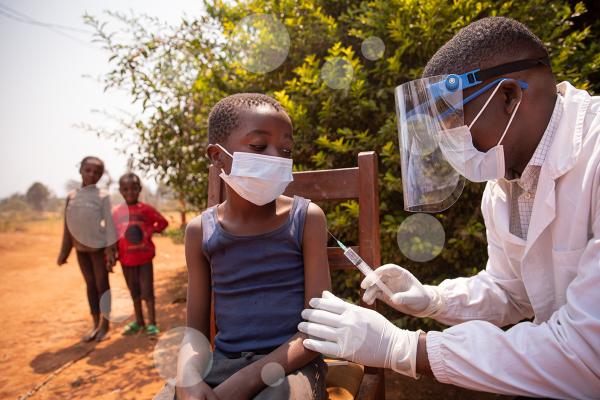Every year natural disasters and crises worldwide cause fatalities and considerable economic losses. In these situations, the EU has one aim - to get help to those who need it as quickly as possible. Reinforcing the EU’s capacity to prevent, prepare for and respond to disasters is therefore a key priority.
The EU is the world’s largest donor for humanitarian aid and development globally. Enhancing the EU’s resilience to crises as well as its capacity to prepare and respond to acute threats is amongst the objectives of the Lisbon Treaty and the Stockholm Programme. These policy objectives call for technologies and approaches that help the EU and its strategic partners to stay ahead of threats and hazards by improving prevention, preparedness, early warning and response in the domains of disasters and man-made crises.
The JRC helps to strengthen the EU’s resilience to crises and disasters through its research in crisis management technologies, satellite image processing and analysis, disaster risk management and internet surveillance systems. The JRC's work focuses on integrated systems for risk analysis, situational awareness, early warning and collaborative decision-making.
Euronews Futuris series: Tsunami: How To Alert In Time And Save Lives?
Satellite image analysis
In all phases of crisis management, satellite-derived information plays an essential role as a synoptic, independent and objective source. The JRC' research work focuses on the automatic analysis of satellite data to provide information products and analyses for more effective disaster risk reduction and conflict prevention, as well as needs assessments for post-disaster response, recovery and reconstruction planning.
More information
Space technologies for disaster risk reduction
Technologies for crisis management
In the first phase, after major disasters and crises, the main need of all actors involved in emergency response and humanitarian relief is to have rapid and reliable access to relevant information giving the overall picture of what has happened where, the extent and severity of the damage, and the needs for humanitarian assistance and emergency response. This is where integrated ICT-based systems developed by the JRC can contribute.
The JRC develops and tests integrated ICT-based solutions for crisis management. These solutions are based on the integration of tools, models, heterogeneous data and information, as well as ICT infra-structure, to allow a rapid and continuous assessment of the event, send early warning alerts and offer platforms for collaborative decision-making and coordination.
The Global Disaster Alert and Coordination System (GDACS) is jointly developed by the JRC and the United Nations. GDACS is a web-based platform that in case of natural disasters, such as earthquakes, tsunamis, floods and cyclones, sends automatic alerts via e-mail, fax or SMS to the international first responders community. GDACS combines information on the event, the population in the affected area and the vulnerability of that population to derive an alert level that indicates the probability of a catastrophic situation requiring international humanitarian intervention. GDACS also offers a platform for structured information exchange between responders and coordinators, thus facilitating decision-making. GDACS has now 18 000 users worldwide.
The Tsunami Assessment Modelling System, fully integrated in GDACS, can quickly calculate the estimated wave height and travel time of an incoming Tsunami. It is currently the only existing system covering tsunami alerts worldwide and is based on two modelling approaches:
- a global pre-event calculated tsunami scenario grid containing 136 000 calculations based on historical tsunami events: this allows GDACS to provide an almost instantaneous estimate of the tsunami wave height and arrival times.
- near-real time simulated forecast: this is based on calculations that are automatically performed immediately after GDACS identifies an earthquake inducing a tsunami.
Disaster risk management
Natural and man-made hazards continuously threaten population in Europe and beyond. The JRC carries out extensive work to improve the scientific evidence base for risk assessment in Europe and worldwide, not only in hazard characterization, but also in vulnerability and exposure assessment (essential components for risk assessment) and development of guidelines and standards for risk data (including disaster loss data).
More information
Internet surveillance systems
Monitoring the internet regularly is crucial for the global security community to detect emerging threats, such as public health outbreaks and various types of instability. By applying its core scientific competences in computer science and computational linguistics to massive datasets, the JRC develops open source intelligence and analysis systems that can automatically harvest and analyse a huge amount of multi-lingual information from internet-based sources.
More information

Destroyed houses in slums.
Crisis management


